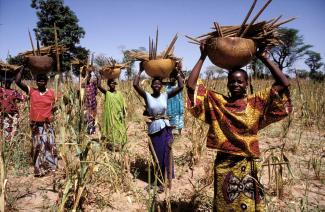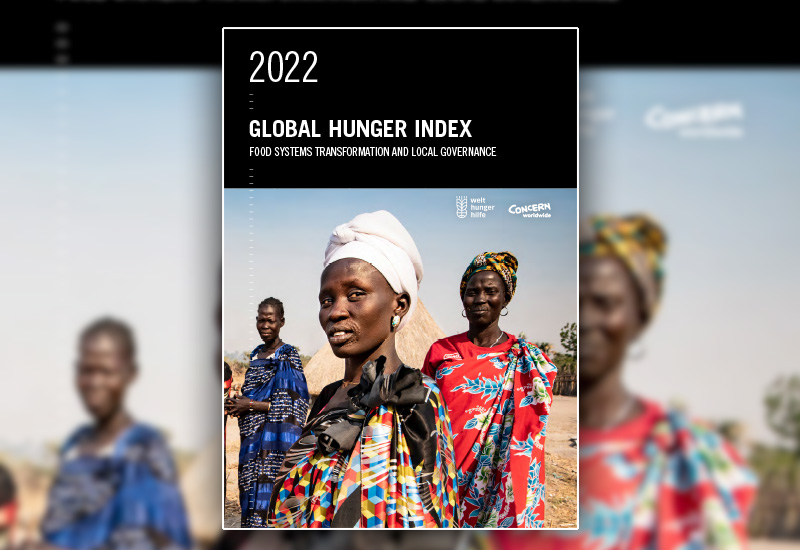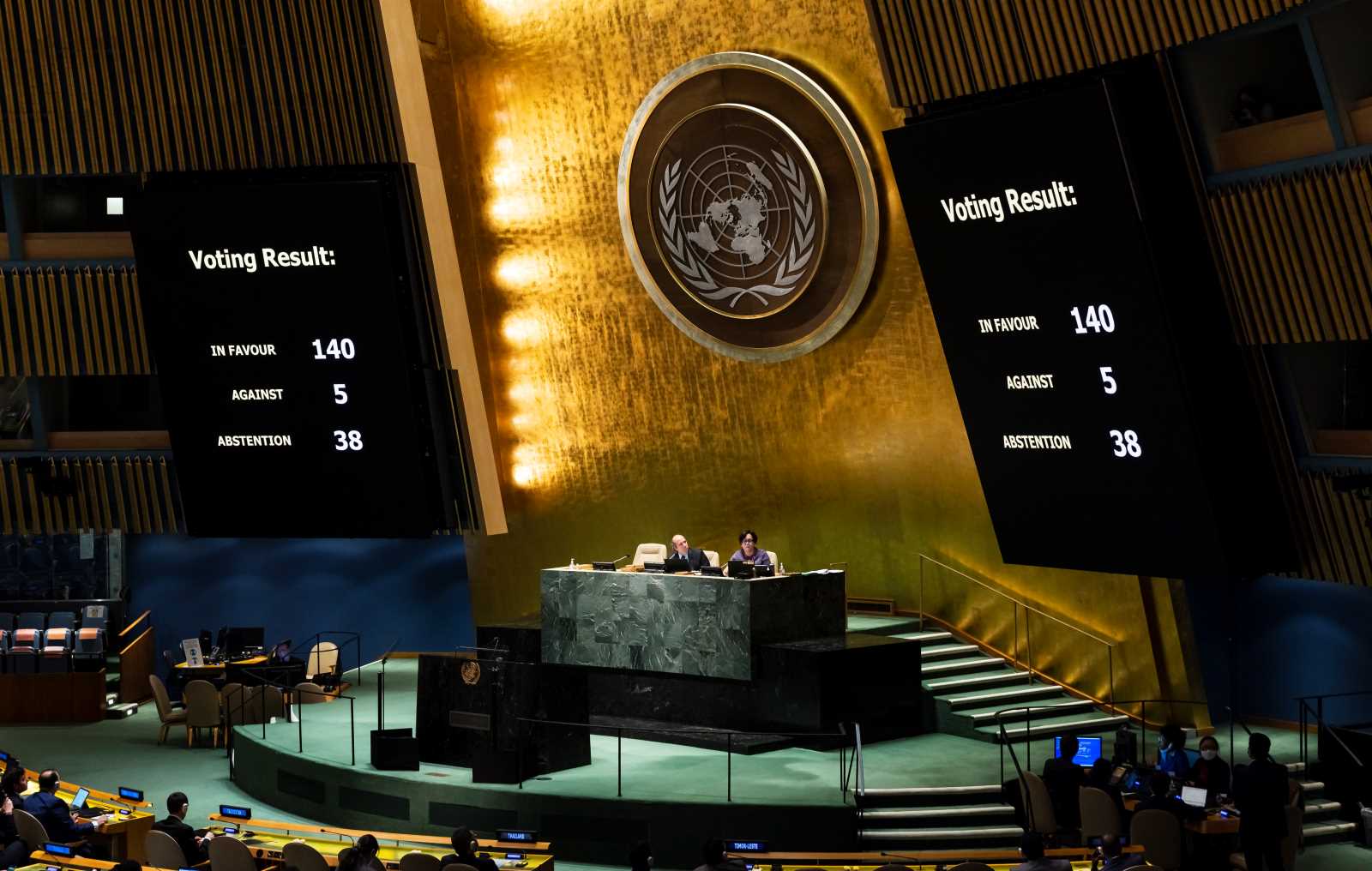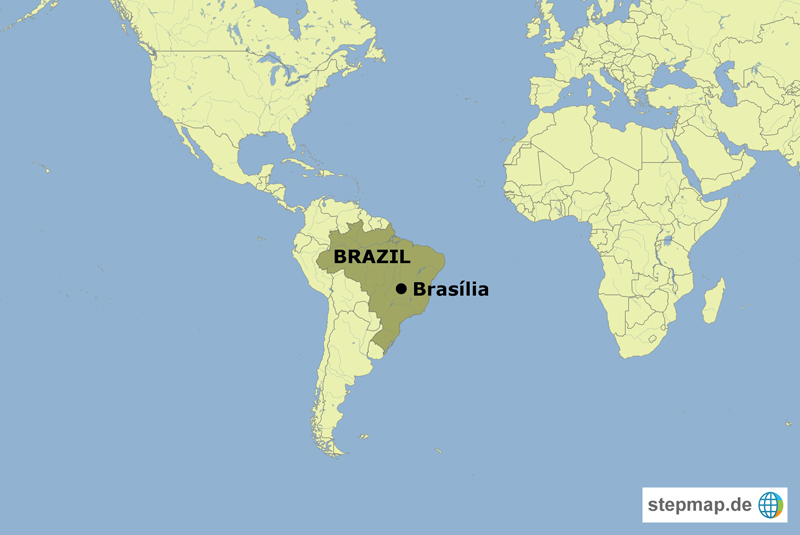Rural development
Rurbanomics

The deadlines to achieve the Sustainable Development Goals (SDGs) and the Paris climate goals draw ever closer. The ambitious imperative of the SDGs is to “leave no one behind”. The implication is that we must urgently revitalise rural areas, especially in sub-Saharan Africa. Now is the time for a dramatic, system-wide transformation to make rural areas more productive, more sustainable, more climate-resilient, healthier and more attractive places to live.
Around the world, rural areas benefit less from economic growth than cities. Rural people make up to 45 % of the world population, but bear a disproportionate burden of poverty, malnutrition and poor quality of life. South of the Sahara, poverty and malnutrition are relatively high – and that is especially true in rural areas.
The global poverty rate is 17 % in rural areas, but only seven percent in urban areas. Rural people comprise 70 % of the world’s extremely poor. In sub-Saharan countries, 82 % of the extreme poor live in rural areas. Rural areas lag behind urban areas in reducing rates of child stunting (low height for age). They often lack basic infrastructure und services. Consider, for example, education, health care, roads, water, sanitation and hygiene. At the same time, rural areas are exposed to ever more pollution while natural resources are dwindling fast. The climate crisis is exacerbating the challenges.
Today, African countries are working on the revitalisation of rural areas. They want to sustain and accelerate progress.
African opportunities
One opportunity is rapid urbanisation. Small and mid-sized towns matter in particular. To meet rising urban demand, agricultural production must increase, and that means better livelihoods for farmers and those involved in agribusinesses.
Several countries – Ethiopia, Kenya and Niger, for example – have scaled up investments in irrigation. The benefits include longer growing seasons, more scope for crop diversity and the mitigation of weather risks.
Some countries, including Ethiopia, Mali and Morocco, have increased agricultural mechanisation, enhancing productivity along the supply chain. This approach improves the business environment, by fostering domestic machinery businesses, facilitating investments in human resource-development and triggering interest in research.
Growing urban food demand offers opportunities too. In Senegal, new processing technologies have fuelled a rapid expansion in small firms. They specialise in ready-to-cook and ready-to-eat millet products. Many new employment opportunities are thus emerging in the agri-food system’s off-farm segments.
In Nigeria, 45 % of all food spoils due to a lack of refrigeration. The potential for solar-powered cold stations has been recognised and is already being tapped.
To take advantage of the opportunities from urbanisation we need to strengthen the interconnectedness between rural and urban areas. High-quality roads and electricity are critical to bringing food commodities from farm regions to urban markets. From 2012 to 2016, African governments have been investing an average $ 30 billion in infrastructure annually. Private investments in solar power have surged. This technology can drive refrigeration and rural enterprises. Multilateral institutions are aware of infrastructure needs and promoting investments in both the public and private sectors.
Information and Communication Technology (ICT) can make a difference. Thanks to digitalisation many of the institutional, physical and technological obstacles can now be overcome faster and at lower cost than previously assumed. The price for mobile internet, for example, has dropped by almost one third in Africa in the past four years.
ICT is relevant for smallholder farmers who want access to financial services. Mobile money applications are spreading from country to country. Penetration rates are high in many countries, including Kenya, Mali and Senegal. More generally speaking, rural finance must improve – from banking to insurance.
Famers who want to diversify must be empowered to finance investments. In Nigeria, innovative start-ups are mobilising potential investors in crowdsourcing models. In numerous countries, mobile-based hiring services for machinery, tools and related inputs have been introduced. Such innovations make sense and should be scaled up. The impact on women and youth deserves particular consideration.
Learning from others’ experiences
African countries are working collectively to sustain and accelerate progress. In 2018, African leaders launched the Africa Agriculture Transformation Scorecard and the Comprehensive Africa Agricultural Development Programme (CAADP) Biennial Review. Both tools serve accountability. Moreover, 49 countries signed the African Continental Free Trade Agreement, which will create a single African market for goods and services, along with free movement of businesspeople and investments and the elimination of import duties.
One essential driver of rural revitalisation is “rurbanomics”. This approach emphasises the interrelatedness and interdependency of rural and urban economies. The point is that urban growth creates rural opportunities. Rural and urban areas must be partners, and rural areas can do much more than produce commodities. They should be seen both:
- as launching points for national, regional and global value chains and
- as providers of indispensable environmental services.
Indeed, rural revitalisation goes far beyond agriculture (see box). It includes the development of non-farm opportunities. Accordingly, cutting-edge technology and innovation are linchpins of rural growth.
There is ample evidence from around the world that rural revitalisation can dramatically improve rural residents’ lives. One example was South Korea’s Saemaul Undong (New Village Movement) initiative in 1970. Investments in irrigation, agricultural inputs, electrification and transport and related efforts led to farm households’ income increasing fivefold within a decade. They caught up with urban counterparts. More recently, in Bangladesh, investments to improve rural roads reduced extreme poverty by three to six percent while boosting enrolment in secondary school for both boys and girls.
Rural governance must also be revitalised. Local governments should be held accountable for the delivery of high-quality services. China chose this approach when it announced a new strategy in 2018 to close the growing rural-urban income gap. The goal is to improve the quality of rural life.
Obviously, ICT can prove useful in this context. Widespread access to mobile phones can help otherwise disconnected citizens to get involved in public affairs or business.
The rurbanomics approach, moreover, has health dimensions. Obesity is increasingly haunting developing countries, but consumer preferences are changing too, especially in cities. Rural farmers could shift to more nutritious and high-value foods, such as fruits, vegetables and animal-sourced foods. Scientific and technological innovations would help retain the value of these nutritious products throughout the supply chain.
Shenggen Fan is the director general of the International Food Policy Research Institute (IFPRI).
Ousmane Badiane is IFPRI’s Africa director.
www.ifpri.org














